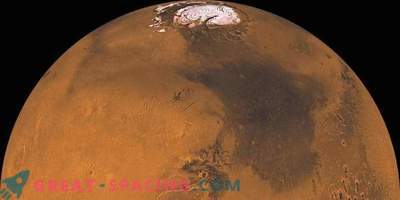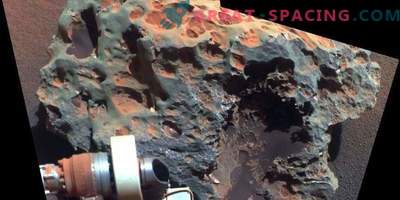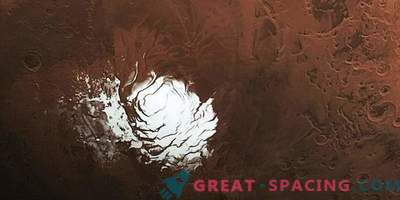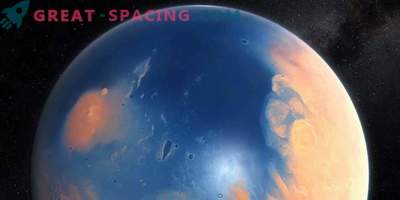
A recent study of a piece of Mars space debris from Mars (Allan Hills 84001) can prove that the Red Planet once had the right conditions for creating a habitable biosphere.
Can a controversial meteorite help scientists better understand how Mars was inhabited in the ancient past? New research Allan Hills 84001 (a piece of space debris, named for the place in Antarctica, where it was found, and which is known for having generated thoughts about Martian life in the 1990s) show that in its history, at least contains a lot of water.
While various space missions revolve around Mars and roam around its surface in search of ancient signs of water, scientists also comb the fragments of Mars that they manage to mine: meteorites. ALH84001 (the name of meteorites is usually abbreviated) was found in 1984 and consists of the same components as other meteorites from Mars. With modern, more advanced analytical tools, they are regularly checked to discover new nuances of the past. Allan Hills latest research is another example.
“Our and previous works on the oldest Martian meteorites show only the tip of the iceberg,” said Josep Trigo Rodriguez, a scientist from the Spanish Institute of Space Sciences. He co-authored a new article on ALH84001, recently published in the journal “Meteoritics & Planetary Science”. “Mars can surprise us and, of course, it is necessary to go there and carry out missions to return the sample in order to study the most ancient Martian rocks in our laboratories,” he added. “I am convinced that Mars could have the necessary conditions for the creation of the biosphere. But was there enough time to produce simple living organisms? ”.

Caption: “Allan Hills is a stone, low-calcium pyroxenite. Found in 1984 in Victoria Land, Antarctica. With an age of 4.5 billion years, it is much older than other Martian meteorites. Some scientists suggested in 1996 that it contained evidence of the existence of ancient Martian life. ”
ALH84001 received wide public attention in 1996, when a team sponsored by NASA discovered “signs of minerals characteristic of biological activity and possible microscopic fossils of primitive bacteriologic organisms.” The press release of the time bore a bright title: “The meteorite provides evidence of primitive life on early Mars.”
But subsequent studies have shown that these signs could be the result of pollution from the Earth or even abiotic (non-living) processes, which seriously weakened initial enthusiasm. Most scientists today will look for more convincing evidence to find out if life had once been on this or any other meteorite.
A study by Trigo-Rodriguez, funded by the Ministry of Science of Spain, studies some of the oldest Martian meteorites to learn about the early stages of the evolution of the Red Planet. The age of ALH84001 is approximately 4, 5 billion years. The study began in 2013, based on the then candidate's thesis of student Carles Moiano-Cambero, who was interested in the atmosphere and evolution of Mars. “We were particularly interested in the awareness of water changes and the description of secondary minerals formed in this rock under the influence of water,” said Trigo-Rodriguez. - “We tried to get an idea of the first processes on Mars and the effect of water in such an environment. They also studied the effect of corrosion on the meteorite study procedure. ”
There was plenty of water at the location of ALH84001 — enough to dissolve carbon, iron, and magnesium. This created carbonate globules abiotically. The researchers found that carbonate globules form at least twice, but most likely appear as “events” of formation, because they noticed many different layers of carbonate globules with different composition of magnesium and iron. The meteorite also indicates the presence of the atmosphere and the periodic volcanism that occurred on Mars at that time.
Researchers are also studying new meteorites on Mars to learn more about the geological period in the Amazon, which began about 3 billion years ago and has arid conditions similar to what we are seeing today on the Red Planet.











































